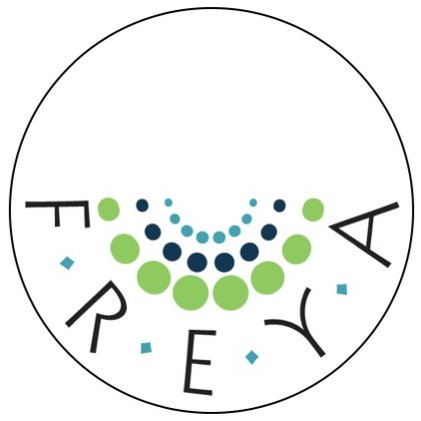
Just a quick one; first of all as a sign of life, I know I’ve been quiet of late, and second of all, to put out something that might be of use (albeit to a niche audience).
DOIs, or Digital Object Identifiers, are persistent identifiers for digital object for all sorts of things on the internet. Typically these are published documents, but they may also be things like datasets, workflows, images, etc.
I deal with these a fair amount at The Day Job, and often need to resolve these strings into something that returns metadata (title, author etc). Nice to be able to do this over an API.
Datacite, Crossref etc, who deal in DOIs, do provide their own resolution APIs, but only for items minted in their own namespaces, not the canonical set. DOI.org do provide a proxy, in order to resolve a doi to a location, but no obvious way of extracting metadata.
As it happens, there is a way of getting this data, with a little bit of Accept header witchcraft.
Anyway, to make it easier for you (and me), I wrote a library. Enjoy!


